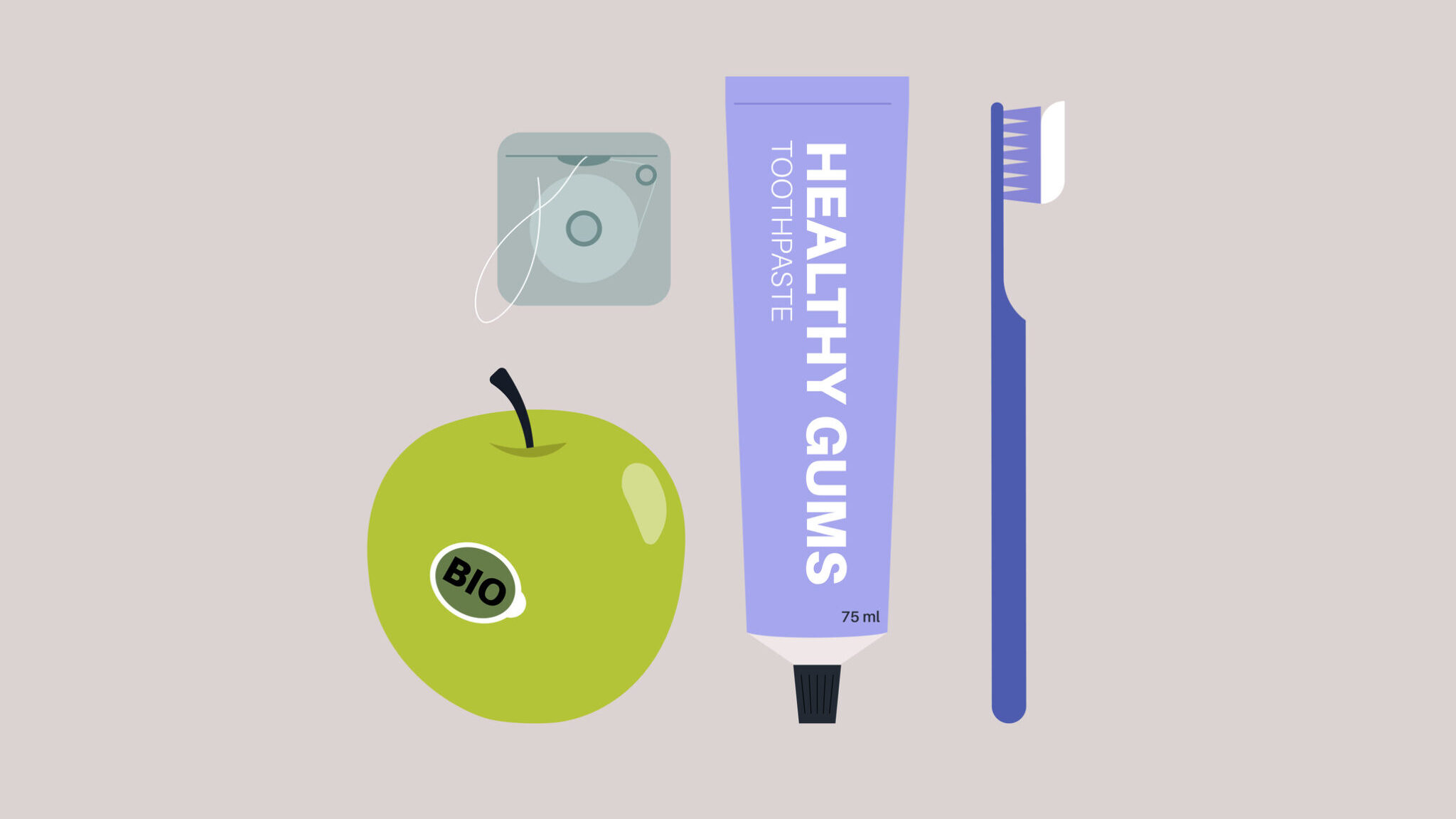
Accurate inventory control is essential to managing and controlling your overhead expenses. You need to have a control system that is maintained and updated at all times. The budget for clinical consumable supplies (excluding lab) should not exceed 5% of gross production per month. As productivity increases, the budget should adjust accordingly.
A clinical staff member should be assigned the responsibility for the clinical supplies and an administrative staff member should be assigned the administrative supplies. Careful monitoring of the usage of each item along with implementation of re-order tags should ensure that enough time is allowed for ordering, price shopping, restocking of supplies and that the appropriate amount of stock is maintained. Expiry dates on time sensitive products should be checked regularly and stock should be rotated accordingly.
What are the expected outcomes of an inventory control system?
1. To achieve the goal of maintaining the percentage of clinical supplies to 5% of gross production per month.
2. Achieve and maintain control of office expenses.
3. Reduce overhead expenses.
4. Control the spending patterns.
5. Reduce or eliminate over ordering.
Ten Steps to Follow for Inventory Control – Here is how you do it:
1. A complete and thorough inventory should be taken once per year
2. On a weekly basis, the person in charge of ordering clinical supplies should update the current inventory list.
3. On a weekly basis, the person in charge of ordering administrative supplies should update the current inventory list.
4. Current stock should be rotated, bringing old inventory forward (to be used first).
5. New orders should be placed to bring stock up to date.
6. Re-order tags should be placed in the appropriate places to allow for re-ordering lead-time.
7. When orders come in, packing slips should be verified to ensure that all items have been received in good condition.
8. The invoice or packing slip should be allocated to the appropriate expense category and signed and dated by the receiver.
9. Discrepancies in the order should be followed up with the supplier immediately. I.e. missing items or damaged.
10. The packing slip or invoice should be copied and filed in alphabetical order under each expense category and/or entered into your software.
Expense Categories
Expenditures are commonly classified for ease of organization. Classifying expenses into categories helps the accounting service identify the tax deductible expenses. The category headings are used on file folders to store the expense records. At the end of the year, the expense documentation is removed and filed, in the same categories, with other business records for that year.
As each expense cheque is written, it should be subtracted from the bank balance and simultaneously recorded in the appropriate expense category. This should save time allocating expenses.
There are two main types of expenses:
1. Fixed expenses include those business expenses that continue at all times. These are costs, such as rent, utilities, and salaries that go on whether or not the dentist is in the office and whether or not professional services are actually being provided.
2. Variable expenses are those, such as sundry supplies, laboratory fees, and repairs, that change depending upon the type of services rendered and the amount consumed.
Description of Expense Categories for Inventory Control
Dental Sundry Supplies – Disbursements for dental sundries that are used in the day to day operations of the practice are placed under this category. This may include medications, small instruments (usually under $500) and other professional supplies. Due to the unpredictable nature of this expense, it is considered to be variable.
A benchmark for budgeting is to try to keep the dental sundry supplies to 5% of the gross monthly production.
Budgeting tip – If you have a lead assistant who is in charge of ordering sundries, figure out what the dollar figure would be that is consistent with 5% of gross revenue and give the assistant that figure and suggest that he/she try to stay within that amount. If the funds are not used one month, they can be used the following month.
e.g. If the gross revenue is $100,000. per month, 5% is $5,000.00. Ask the assistant to aim to stay within $5,000.00 per month when ordering consumable dental sundries.
Office Expenses General office supplies such as stationery, account cards, appointment books, envelopes, petty cash, magazine subscriptions, etc. are office expenses. This category is somewhat more predictable in nature but is considered to be a variable expense.
Repairs and Maintenance General cleaning supplies, janitorial services, and repairs to premises or equipment, etc. are listed in this category. This amount should not exceed 1% of the gross monthly revenue
Equipment Repairs – This category includes all repairs and maintenance of dental equipment. It should not exceed 1% of the gross monthly revenue.
Budgeting tip – If the amount of the equipment repairs is excessively high and the equipment is aging and breaking down, you may wish to start some capital planning to replace the worn equipment. Financing may be arranged in the form of a term loan, or the dentist may wish to lease new equipment.
Equipment Any item of office equipment over $200 and any professional instruments costing over $500 should be classified as equipment. A note should indicate what the purchased equipment is. Because equipment can be depreciated over time, it must be listed separately in this category.
Budget tip – Determine the likely length of time that the equipment should be fully functional and plan well ahead for its future replacement. Some larger pieces of equipment may last for 10 – 20 years, whereas some equipment, such as computer hardware, should be replaced every three years. . One helpful way to determine the lifespan of the equipment is to determine the length of the warranty and when the equipment has been fully depreciated off the books. If you know that equipment should need to be replaced in the coming years, create a capital plan to build it into the budgeting process.
Suggestion: Print off a copy of this article and give it to your lead assistant or send an email to sandie@dentalofficeconsulting.com with the subject line “Inventory Policy and Procedure” and I will be happy to send you the policy and procedure for inventory control.
Quote for today- “Success is not final, failure is not fatal: it is the courage to continue that counts.” Sir Winston Churchill
Have a wonderful day!












